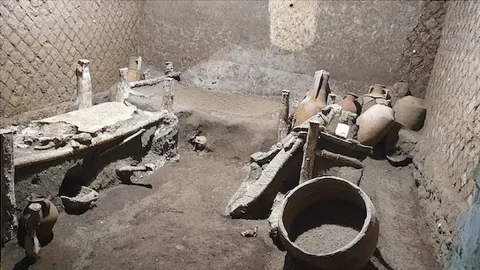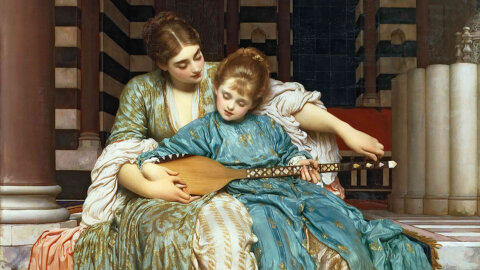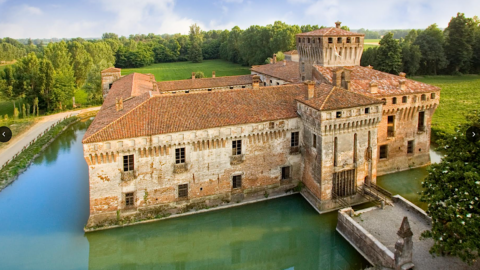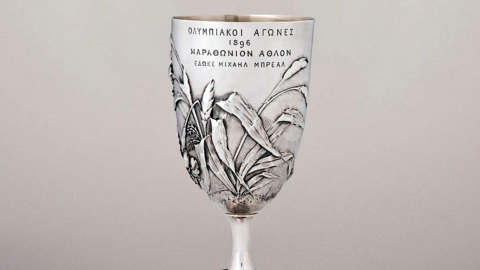The distance from the walls of the ancient city is only 600 meters. There Roman villa of Civita Giuliana it was found in that authentic treasure mine that is Pompeii. The announcement has been going around the world since yesterday because it offers a cross-section of life and working conditions in the city destroyed by the eruption of Vesuvius. The furniture of one was reconstructed using the cast technique room assigned to slaves. This is yet another find dating back to 2 years ago. The technique, used once again, is used only in the archaeological area of Pompeii. It was first employed by Joseph Fiorelli in 1863: plaster is thrown into the void left by the eruptive ash and the shapes of what is buried are obtained.
The slave room looks like a photograph that "denounces a situation of precariousness and subordination"
Materials such as furniture and fabrics and the bodies of victims of the eruption of 79 AD were covered by the pyroclastic cloud, which subsequently transformed into solid ground. In the void of the ground with plaster fill, it has come to a faithful reconstructionand the new room. It was called "room A", and is different from the one known as room "C", reconstructed in November 2021. Compared to the previous one, archaeologists have established that in the Civita Giuliana there was also a certain hierarchy between the servants and this in virtues of the structure of the beds: comfortable or not. A new piece of a work that has been going on for some time and with an extraordinary sequence of discoveries.
"We are committed to continuing research and planning the use of a place that, like no other in the ancient world, tells the daily life of the last" he said Gabriel Zuchtriegel director of the Archaeological Park of Pompeii. The exploration of the Civita Giuliana villa began in 2017 with a collaboration between the Archaeological Park, the Torre Annunziata Public Prosecutor's Office and the Carabinieri. Before the area had been visited by grave robbers and people interested in the clandestine trade in finds. But not even thinking about it, even the owners of the villa, 2 thousand years ago, were concerned with keeping the property under surveillance. “We know – he added Zuchtriegel – that the owners used various privileges, including the possibility of forming a family, albeit without any legal protection, to bind some slaves more closely to the villa, also with the aim of having them as allies in supervising the others. But what emerges here is the social structure of servitude which was supposed to prevent escapes and forms of resistance".
In addition to the beds, in the excavated room there are also two wardrobes, partially preserved as casts, amphorae, ceramic vases and iron tools. The environment and proximity to the sea allowed the owners of the villas to grow vegetables, flour and grapes.
Pompeii World Heritage Site
The excavations continue and the surveillance of the external area will increase again. Pompeii is a World Heritage Site and on August 38, despite the heat and XNUMX degrees, it was the second most visited site in Italy after the Colosseum. Even the municipal administration which enjoys the presence of tourists from all over the world is supporting the next stages of the project. A few days ago the creation of a tourist portal for the municipality was announced. But the "visit to the site must always be a different and unique experience," the park director said on Aug. 5. That day the Minister of Culture was inside the great Amphitheater Gennaro Sangiulianothat of agriculture Francesco Lollobrigida and the owner of the Interior Matteo Piantedosi They had the logo (actually not beautiful) for the candidacy of 'Italian Cuisine' as intangible heritage of humanity at theUnesco. Their different experience inside the park, however, was affected by much self-celebration and complacency without need, for a design that mixes Giuseppe Verdi with pizza, monuments and cherry tomatoes. "It's the nation system," Sangiuliano said. Whoa?





